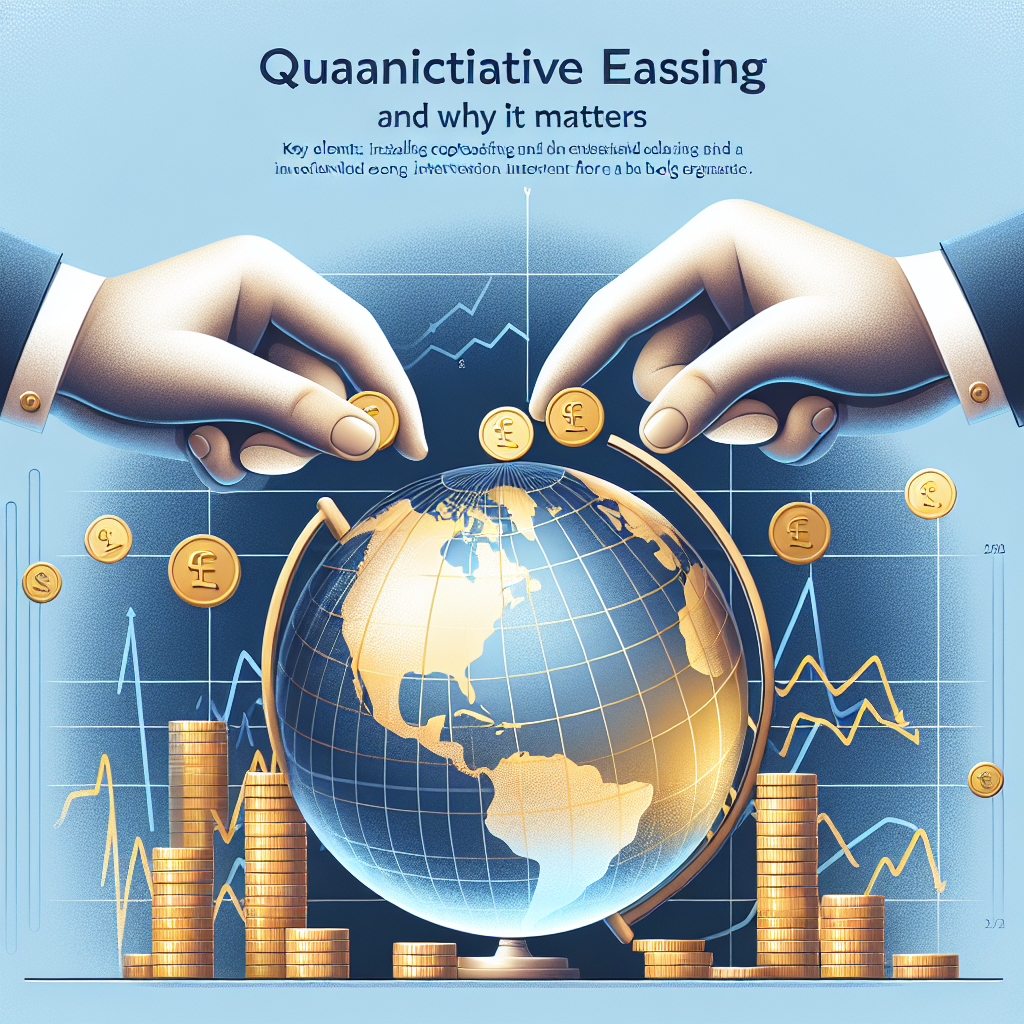
Why Gold Still Matters in Modern Portfolios
Understanding the Enduring Value of Gold in Today’s Investment Landscape
The Historical Significance of Gold
Intrinsic Properties That Make Gold Unique
- Durability: Gold does not corrode or tarnish over time, ensuring its preservation through centuries.
- Divisibility: It can be divided into smaller units without losing value, making it flexible for transactions.
- Portability: Gold is dense and portable relative to its value, facilitating easy transfer and storage.
- Universal Acceptance: Recognized and accepted worldwide as a symbol of wealth.
Gold as a Hedge Against Economic Uncertainty
Portfolio Diversification and Risk Management
Gold in the Context of Modern Financial Instruments
- Gold ETFs (Exchange-Traded Funds): Allow investors to buy and sell gold without the hassle of storage or insurance.
- Gold Futures and Options: Enable sophisticated traders to hedge or speculate on gold prices.
- Gold Mining Stocks: Investing in companies that mine gold offers exposure to gold’s price movements with additional growth potential.
- Digital Gold: Platforms that allow fractional ownership and easy transfer of gold assets.


